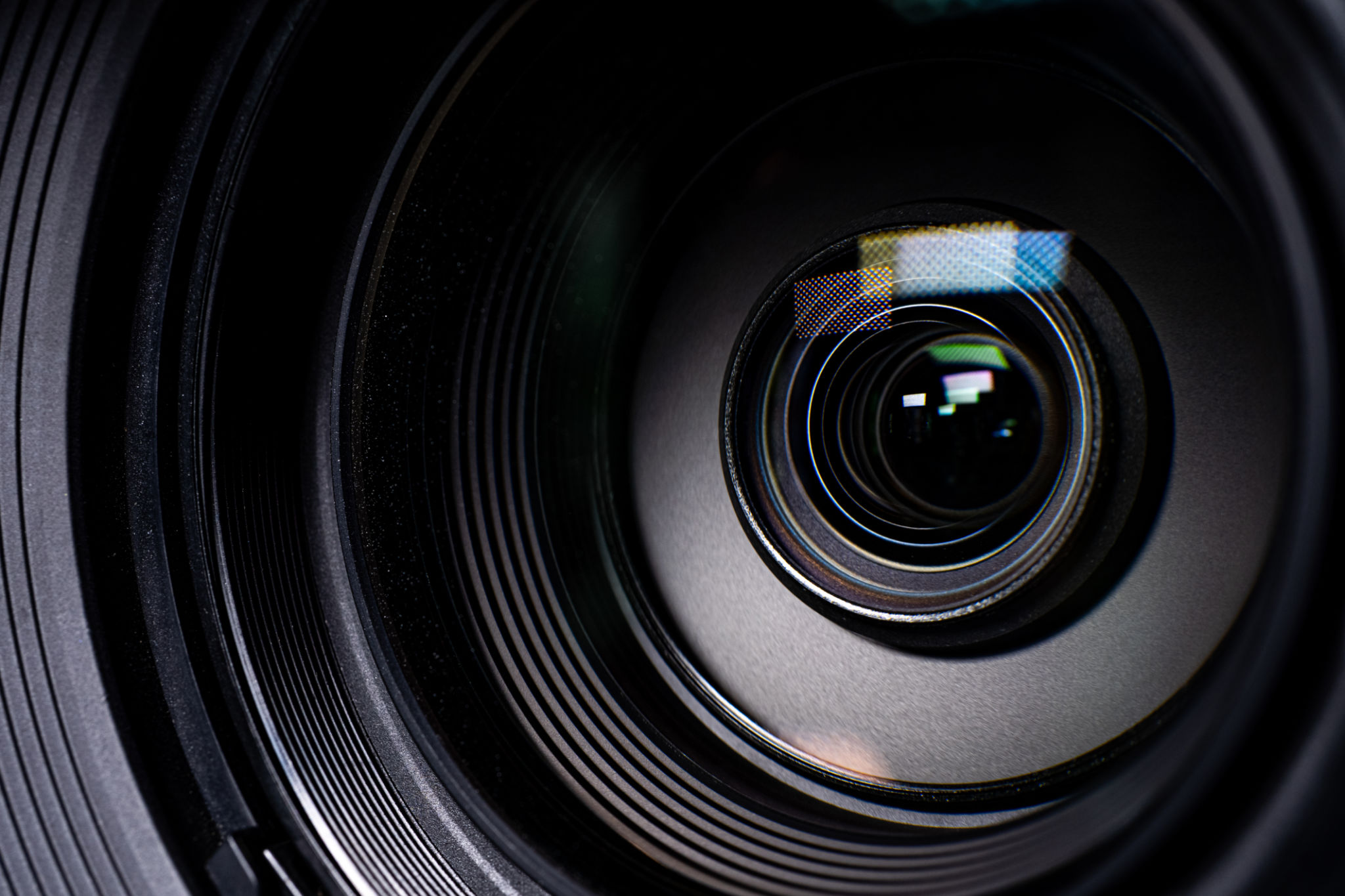Behind the Lens: A Day in the Life of a Sports Photographer
Introduction to Sports Photography
Sports photography is an exhilarating field that combines the thrill of athletic events with the artistry of photography. Capturing the intense moments, the triumphs, and the emotions requires not only technical skills but also a deep understanding of the sport itself. For those behind the lens, every day presents a new challenge and an opportunity to tell a compelling story through images.
Early Morning Preparations
The day for a sports photographer often begins early. Before the sun rises, they're already gathering their gear, ensuring all equipment is in top condition. Cameras, lenses, memory cards, and batteries are checked and packed meticulously. Preparation is key to ensure nothing is left to chance, as missing a crucial moment due to a technical glitch is not an option.

Arriving at the Venue
Once on site, photographers scout the location. Positioning is crucial; being in the right place at the right time can make all the difference. They consider factors like lighting, angles, and potential obstacles that might hinder their shot. It's during this time they mentally map out the event, anticipating where pivotal moments might occur.
The Event Unfolds
As the event kicks off, photographers must remain vigilant. With a finger poised on the shutter button, they capture split-second actions that convey the essence of competition. Whether it's the determined focus of an athlete or the raw emotion of a victory, each image tells a unique story. Sports photographers often rely on high-speed cameras to freeze these fleeting moments in time.

Adapting to Challenges
Sports events are dynamic and unpredictable. Photographers must be adaptable and quick-thinking. Environmental conditions such as changing weather or lighting can pose challenges that require immediate adjustments. Strong technical skills enable them to tweak settings on the fly, ensuring each shot is perfectly exposed and composed.
Post-Event Workflow
After the event concludes, the work doesn't stop for a sports photographer. It's time to review hundreds or sometimes thousands of images. This is where editing skills come into play. They sift through their captures, selecting only the best shots that encapsulate the spirit of the event. Editing involves adjusting contrast, color balance, and cropping to enhance the final image.

Delivering the Final Product
The final step involves delivering these curated images to clients or publications. Timeliness is crucial as media outlets often have tight deadlines. This rapid turnaround demands efficiency without compromising on quality. The satisfaction comes from knowing that their images will be seen by thousands, if not millions, and will help preserve moments in sports history.
The Passion Behind the Lens
What drives sports photographers is a passion for both photography and sports. It's about more than just capturing images; it's about freezing moments that resonate with fans and athletes alike. They are storytellers at heart, using their lens to share narratives that inspire and entertain.
Conclusion
Being a sports photographer is an exciting yet demanding career. It requires dedication, technical expertise, and a love for storytelling. For those who thrive on adrenaline and creativity, it offers an unparalleled opportunity to witness and document the triumphs and trials of athletes around the world.